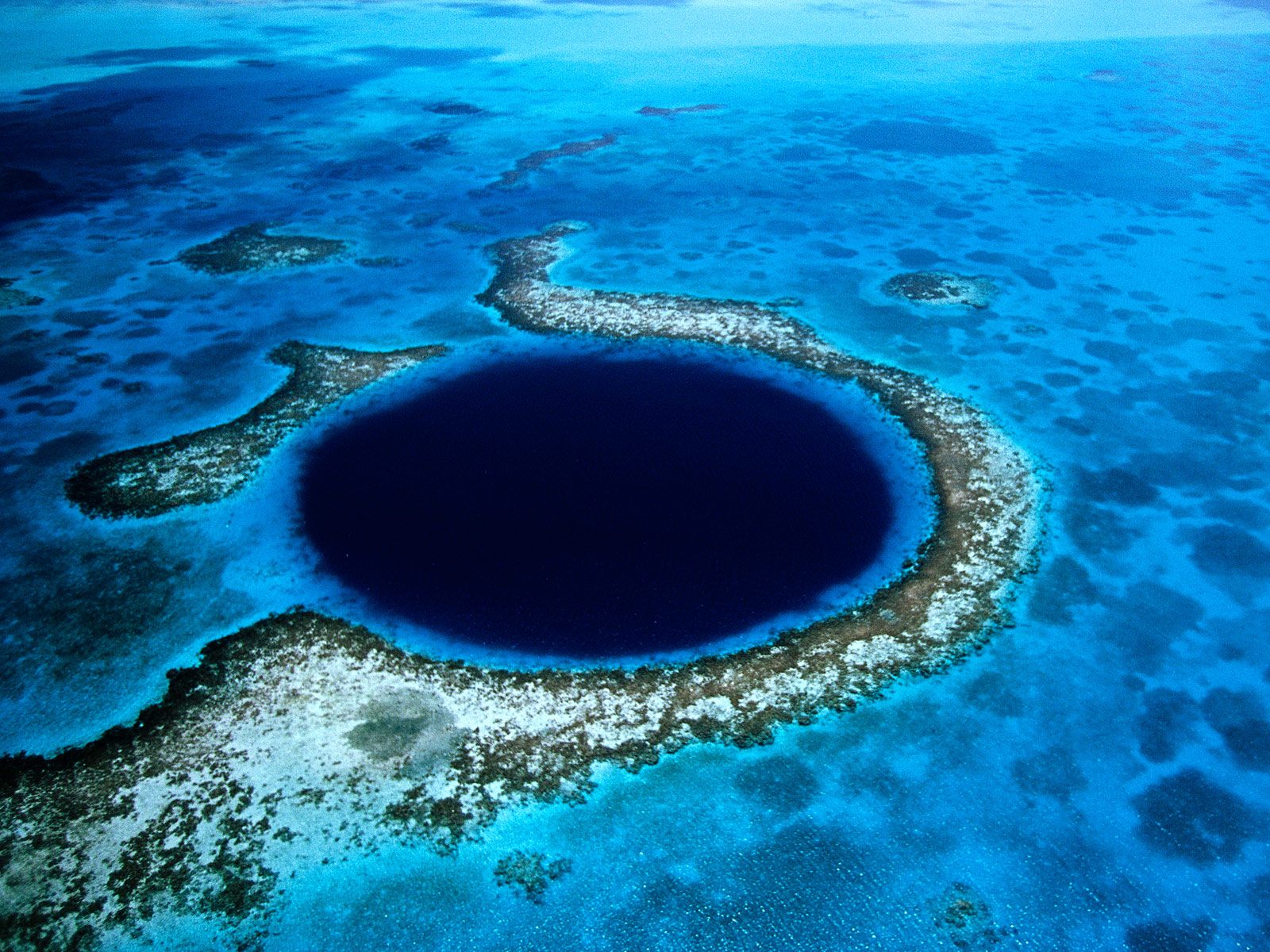Sink or swim: Better buildings for sinkhole territory

On Monday, a big sinkhole scared the Bermuda shorts off 100 or more vacationers at a Florida resort not far from the magical parks of greater Orlando. The ground heaved and trembled, and authorities evacuated the main building in Clermont, Fla., just minutes before half the hotel collapsed into a 60-foot-diameter sinkhole.
Along with Florida, places like Kentucky, Louisiana and Ottawa are home to lots of mammoth sinkholes. The post-volcanic earth in Guatemala is ground zero for record-breaking, perfectly circular “piping formations” like the 2010 crater in Guatemala City that appeared after tropical storm Agatha. (Adding to its alien visitation intrigue, Roswell Basin in New Mexico has sinkholes where rare invertebrates live, like the springsnail.)
Expect more sinkholes in your future. But don’t think we’re helpless to these random events. We can plan and build better. Architects, engineers and developers must do something about them.
Blame it on karst
What’s the underlying issue, forgive the pun? Karst bedrock formation and water movement make most sinkholes happen -- it “aggravates” them, to use the technical term, and leaves behind a rocky Swiss cheese. Broken sewers and buried trash also cause cave-ins under various surface cover in urban areas.
Shaped by dissolving bedrock -- usually limestone, dolomite, gypsum or salt -- the ground in karst regions creates natural drainage, so these areas have few lakes and rivers. Distinctive and often beautiful surfaces with sinkholes and cenotes (deep pits) appear. Like earthquakes and mudslides, karst is a public-safety enemy number one, says the U.S. Geological Survey’s Karst Interest Group.

Even more aggravating, if you will, are big storms.
Sinkholes happen after hurricanes and heavy rains everywhere, it seems. Los Angeles, New Jersey, Maryland and Montreal: all have cratered and pitted at times, and they happen more frequently these days.
Heat sinks?
There are two main reasons to expect more sinkholes. One is poor construction site design, improper building design and shoddy development notions. This is an indisputable fact of modern life, says USGS: “New sinkholes have been correlated to land-use practices, especially from groundwater pumping and from construction and development practices.”
The other reason, however, is the subject of debate. Discover magazine reported on the link between global warming and higher levels of atmospheric carbon dioxide (CO2) with increased sinkhole activity. CO2 in rainwater -- yes, acid rain -- adds carbonate ions, which want to link up with carbonate rocks to produce bicarbonate. The more acidic the rain, the more dissolving of bedrock from streams and oceans.
So it’s not just the storms and heavy rains, which add weight to the ground and bedrock underneath.
We can't stop acid rain easily, and we can't tell karst to quit it. But we can build smarter, and in smarter locations. Experts like the late engineer George F. Sowers, a leading mind in soil mechanics, explained this all in vivid detail decades ago. But who listened?
Sinkhole bait
Every time humans mess with natural water-drainage patterns or employ novel water-diversion techniques, Sowers taught, we are tugging the sinkhole chain. Groundwater actually balances surface soil with pressure from below: pump it away, and there could be a collapse. Add weight from above, and you might pay the consequences.
What about those hundreds of runoff-storage ponds being built, just this summer alone, in Florida? Sinkhole bait, my friends.
At least one local architecture firm confronts the issue of sinkholes head on: Process Architecture, an emerging firm based in Orlando near the site of the latest big hole, has devoted an entire page of their Web site to the phenomenon.
"Sinkholes are a part of everyday life here in Florida, or at least the local news stations would like you to think so,” say the principals, Wes Featherston and James Cornetet. “The thought of the earth swallowing you alive at any moment is enough to make one go mad.”
Which brings us back to engineers like the great Sowers, who wrote the book on sinkholes (literally).
In fact, we must demand that our developments be built more carefully to prevent human-induced sinkholes. We should expect building foundations and sites designed to minimize or to eliminate the damage that sinkholes can bring.
It starts with geotechnical methods like electrical resistivity, which can easily check for sinkhole potential. Others include its inverse -- terrain conductivity -- and very-low-frequency (VLF) waves. Companies like GTS Technologies in Harrisburg, Pa., also use spontaneous potential -- this uses a current, too -- and ground-penetrating radar, a remote-sensing tool, to delineate and map sinkhole potential.
For a developer of a hotel or a community, these tools are relatively cheap and very effective. For local authorities and planning boards, they are vital to the public interest.
The deal is on
So what if the ground is Swiss cheese? Is the deal off, end of story?
Not at all. Sowers devoted three chapters of his seminal book to proper design and construction methods in sinkhole territory. There are safe, effective ways to build that won’t break the bank.
It starts with proper site preparation and earthwork, Sowers wrote. Then there are various sinkhole prevention techniques, according to companies like Helicon Foundation Repair, which start with trying to tame Mother Nature: redirecting or blocking water and treating underground limestone, techniques used by Romans and even by the Egyptians in erecting the great pyramids.
Plus there are novel construction techniques, such as preconstruction piers, which are helical supports that are driven deep into the ground. They are ideal for building over muck, clay and buried organics.
Still, it’s better not to build on wetlands. And in certain places, there will always be some risk.
As Jim Currens of the University of Kentucky has said, “The only guaranteed method of avoiding karst geologic hazards is to avoid living on karst."
This post was originally published on Smartplanet.com